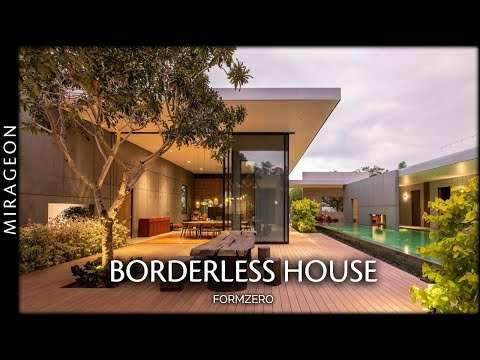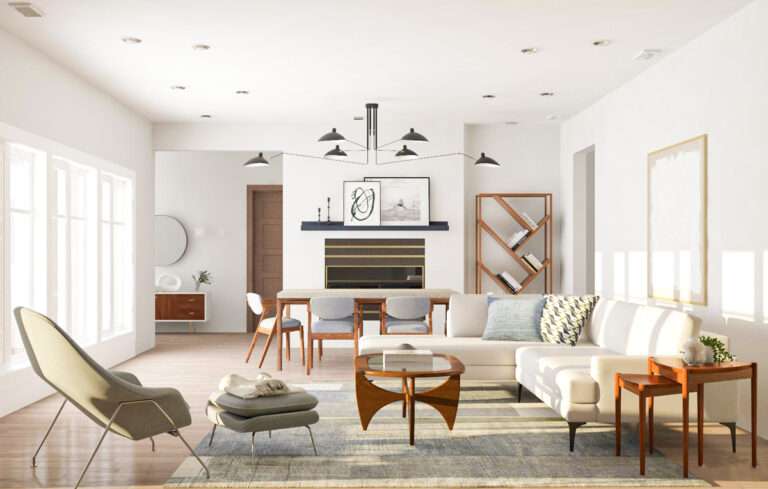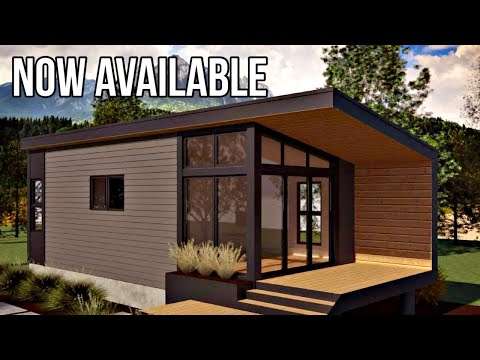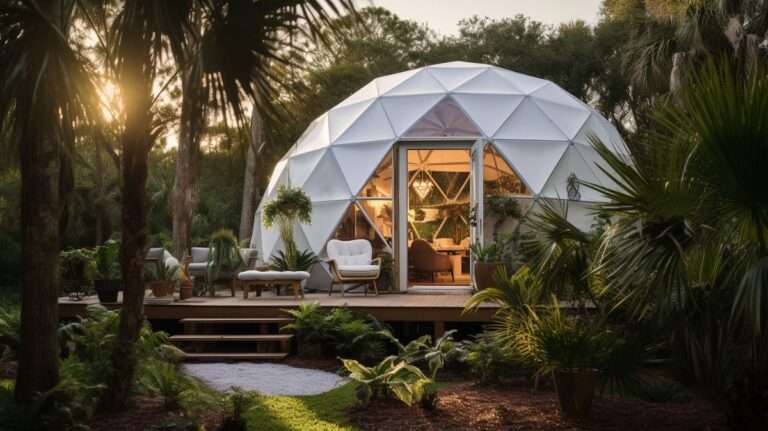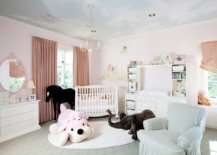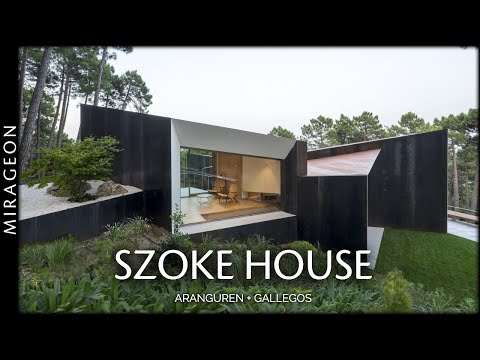A Napa poolside retreat, offering ample seating, a home bar and outdoor kitchen. Entertaining friends or relaxing with family is a breeze in this Wine Country Shangri-La.
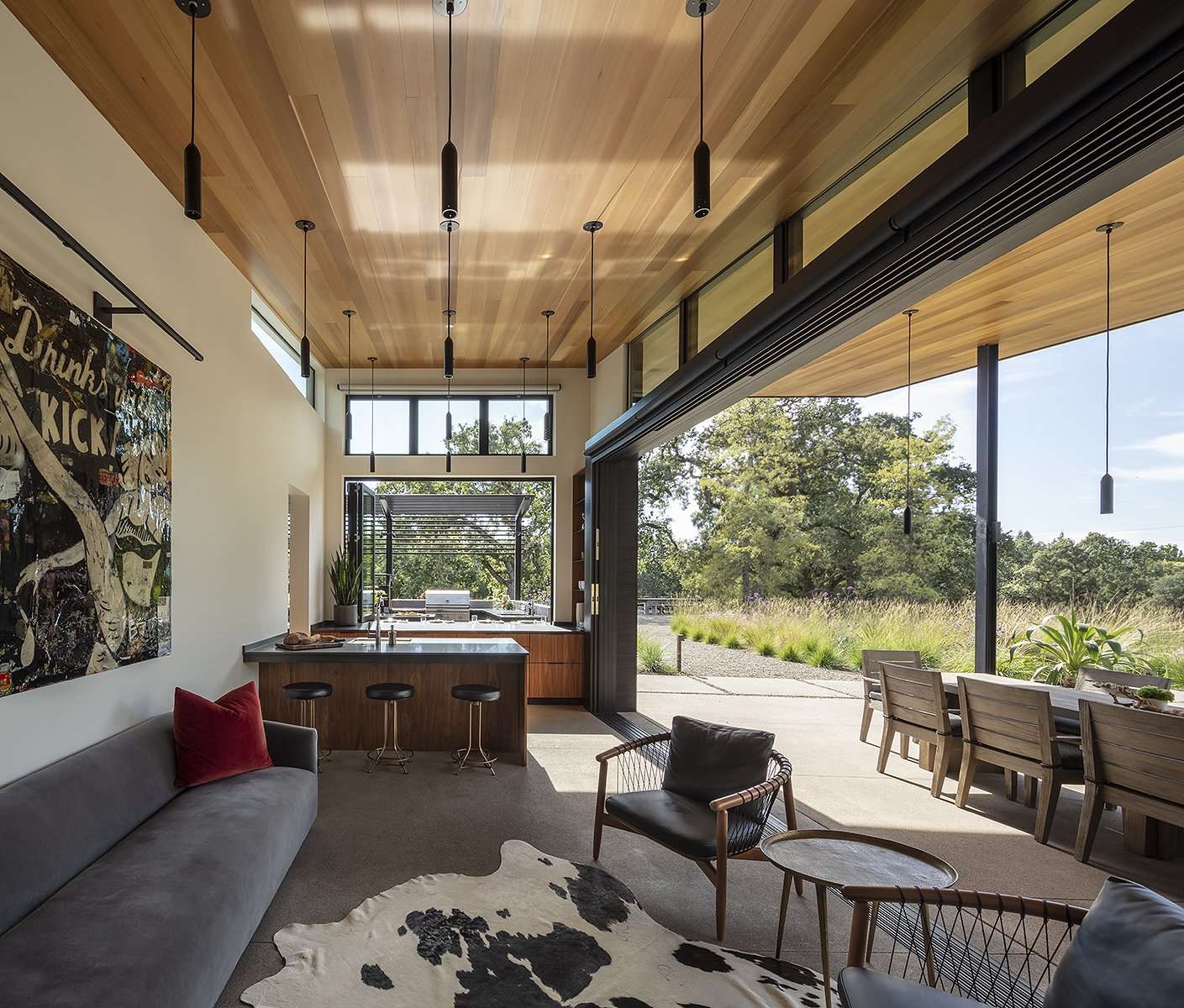
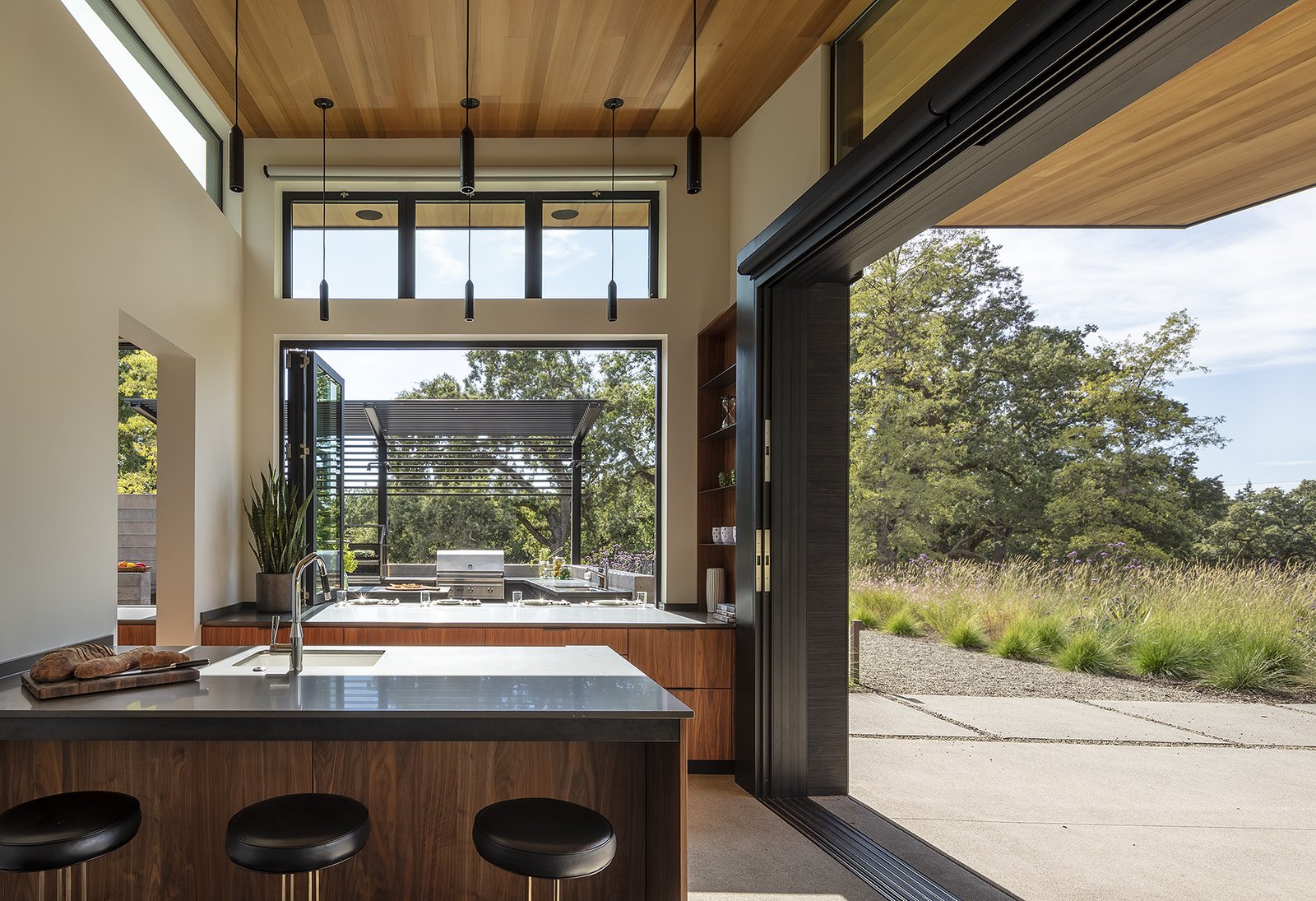
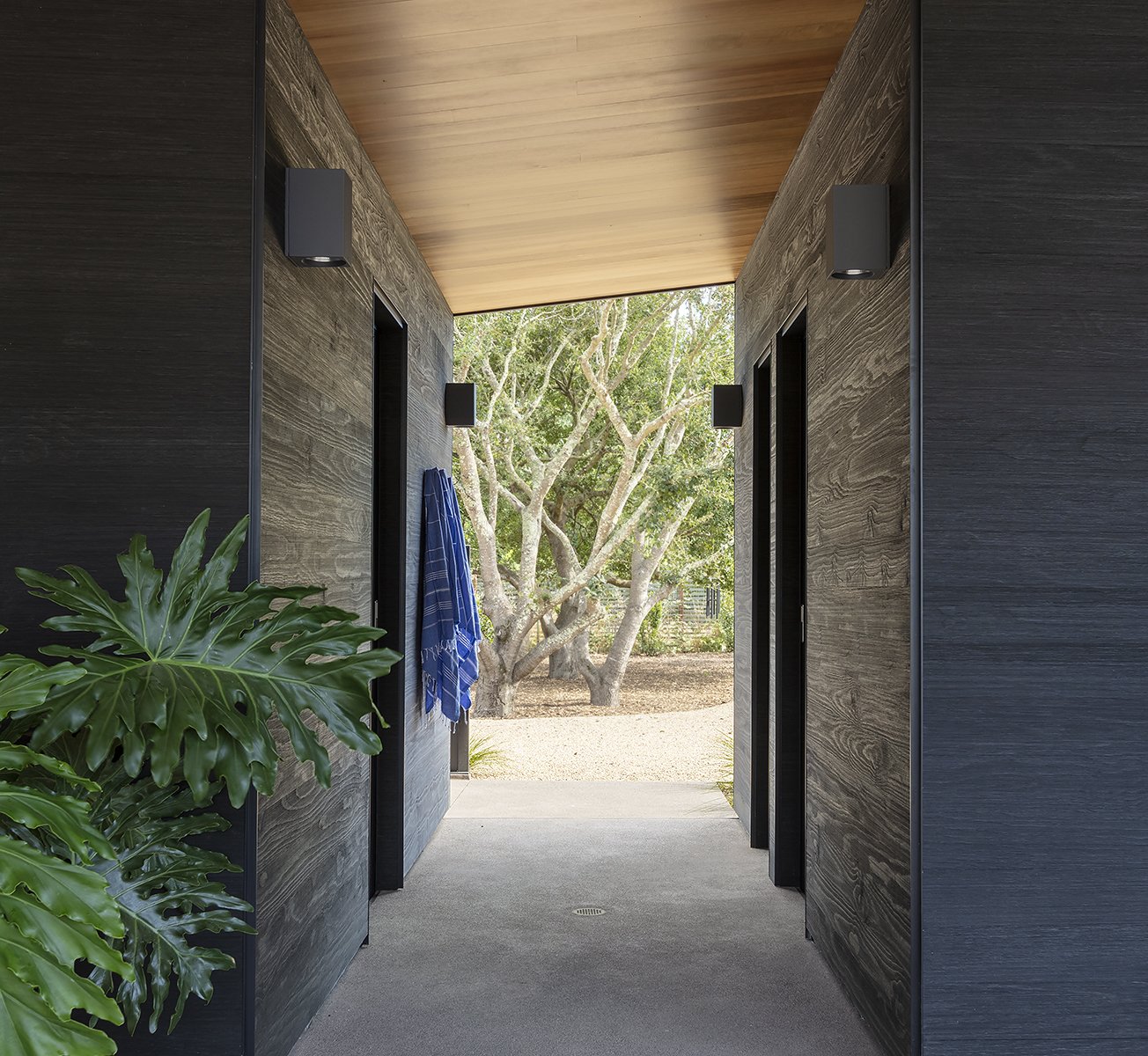
See more on Dwell.com: Napa Pool House – Napa Valley, California
Homes near Napa Valley, California
- Sonoma Residence
- Hydeaway House
- Box on the Rock
